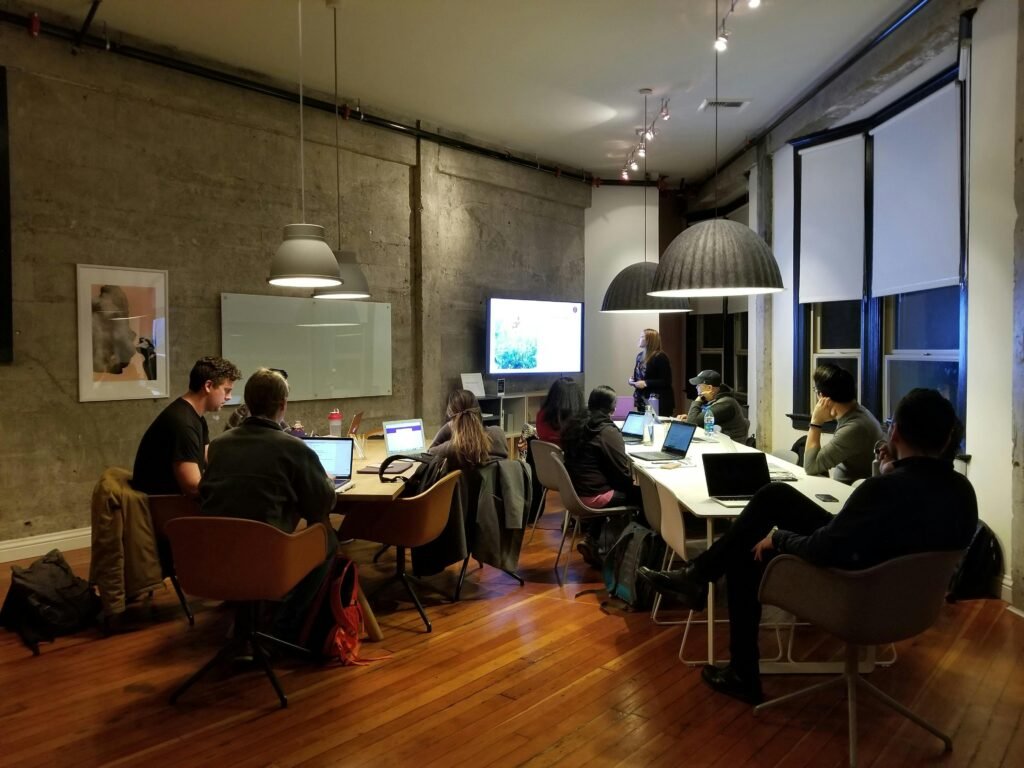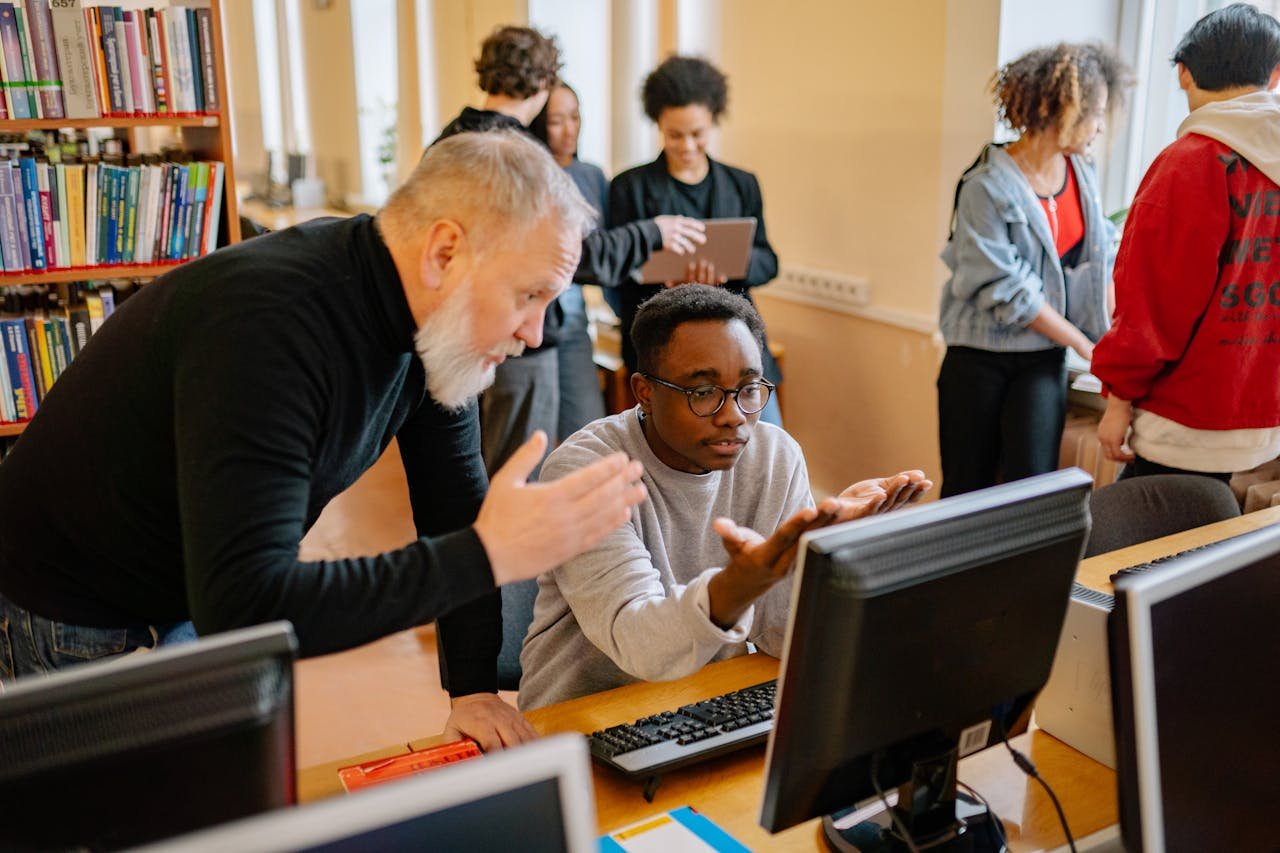Have you ever wondered why schools are spending so much time on things like “diversity training” instead of math or reading? You’re not alone. Across the country, parents, teachers, and even students are asking what’s going on with something called DEI programs. What are DEI programs in schools anyway? DEI stands for Diversity, Equity, and Inclusion, and it’s a big buzzword in education these days. These programs are supposed to make schools fairer and more welcoming, but they’ve sparked a lot of debate. Some say they’re a great idea, while others think they’re pulling focus away from what really matters. This article breaks it all down—what DEI means, how it shows up in classrooms, and why it’s gotten so much attention from families across the country.

What Does DEI Stand For
What are DEI programs in schools? Let’s start with the basics. DEI is short for Diversity, Equity, and Inclusion. Each part of the acronym points to a specific idea that shapes how schools interact with students and their differences.
Diversity
This refers to the recognition and celebration of differences—such as race, gender, background, or language. In schools, it often means teaching students to focus on what sets them apart, not just what unites them.
Equity
Equity isn’t about treating everyone the same. Instead, it involves offering different levels of support based on a student’s group identity. That might mean targeted programs or benefits for some students over others.
Inclusion
Inclusion is about making every student feel accepted and involved. Schools may change their rules or activities to prioritize emotional safety or social identity, even if those changes affect traditional classroom structure.
How DEI Programs Show Up in Schools
So what are DEI programs in schools actually doing day to day? These programs show up in visible and behind-the-scenes ways—from curriculum decisions to policies and classroom activities.
Curriculum Changes
Some schools revise what students read or study to include more “diverse voices.” This may involve replacing classic materials with newer ones centered on race or gender identity, even if those new texts are less academically rigorous.
Teacher Training
Many teachers now go through DEI-focused workshops meant to uncover personal bias or teach techniques for discussing social issues. These sessions often replace planning time that could improve lesson quality or student engagement.
Student Activities
DEI can shape school events. Activities like “privilege walks,” identity surveys, or themed assemblies use classroom time to explore personal backgrounds and social issues. Some students miss out on academic work during these sessions.
Policy Changes
Discipline policies, dress codes, and grading standards are sometimes adjusted to reflect DEI priorities. One student may face different consequences than another based on perceived equity needs, not the actual infraction.
The Costs and Trade-Offs of DEI Programs: What are DEI programs in schools?
There are real trade-offs involved when schools invest in DEI. These efforts consume time, money, and attention that could be used elsewhere.
Lost Academic Time
When students attend DEI assemblies or complete identity-related surveys, they’re not working on essential skills like math or reading. With falling test scores in many districts, this loss matters.
Financial Costs
DEI programming often involves consultants, new materials, and dedicated staff positions. That money might otherwise support updated technology, teacher salaries, or classroom resources.
Shift in Focus
DEI encourages students to think about group identity. But this can send the message that personal background matters more than effort or results. That mindset doesn’t always line up with real-world expectations.
Why Some People Push Back

Not everyone supports DEI in schools. Families and educators raise serious concerns about fairness, values, and how students are being prepared for the future.
Parental Concerns
Many parents feel excluded from the decision-making process. When DEI programs are implemented without family input, trust erodes. Parents may not agree with the focus or message these lessons send.
Merit vs. Identity
Some people believe in rewarding hard work, not demographics. DEI can seem to favor students based on race, gender, or other group traits rather than achievement or behavior.
Unequal Treatment
If equity means bending the rules for some, it may feel unfair to others. Students can quickly pick up on unequal discipline or benefits and question the standards.
Real-World Readiness
Schools are supposed to prepare students for jobs, college, and adulthood. A heavy focus on identity-based education may not translate into the kind of resilience or competence needed outside the classroom.
Alternatives to DEI Programs: What are DEI programs in Schools?
If DEI programs in schools aren’t working for everyone, what are the alternatives? Some schools and parents are looking for more straightforward approaches.
Strengthen Core Skills
Academic success comes first. Every student benefits from stronger reading, writing, and math—no identity check required. Focus on performance and help struggling students individually.
Consistent Rules
Apply the same standards to all students. Fairness means clear expectations and equal consequences, not adjustments based on background.
Teach Character
Respect, honesty, and perseverance matter more than group identity. Students should learn how to treat others well without needing to divide themselves into social categories.
Parent Involvement
Bring families into the conversation. Let communities help shape what students learn and how schools operate. That builds support and reflects local values.
Wrapping It Up
What are DEI programs in schools? They’re efforts focused on diversity, equity, and inclusion—shaping how students learn, how teachers teach, and how schools operate. These programs touch everything from lesson plans to policies, but they also take time, money, and focus away from traditional academics. Some people support them as a way to build understanding. Others see them as distractions from reading, math, and personal responsibility. Wherever you stand, the conversation isn’t going away. Schools must choose what prepares students best for the road ahead.


